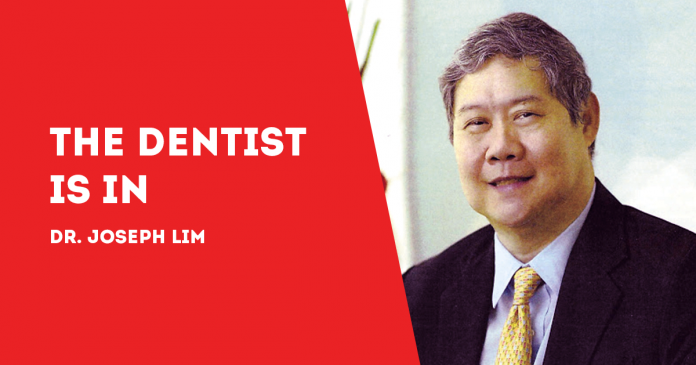
LESS Americans are seeing their dentists in the new normal.
In a world that has vastly changed in just a little over three months or so, nine in 10 dental providers in the United States have seen a drop in the volume of their patient visits – 51 percent on average.
Nearly three in four dental offices (72 percent) have either laid off or furloughed staff members as a result of COVID-19.
“Access to dental care is one of many ways in which COVID-19 has fundamentally altered and disrupted Americans’ lives,” observes the survey “Dental Care’s New Normal” conducted on May 19, 2020 by DentaQuest Partnership for Oral Health Advancement among 3,925 DentaQuest providers.
DentaQuest is an oral health care company that provides direct patient care through a network of more than 80 oral health centers in America.
The survey “sought to uncover” just how comfortable dentists and dental practice managers are about executing changes in their practices brought on by the COVID-19 pandemic. Results showed participants’ confidence levels are “low regarding implementation of new stringent infection control protocols to reduce viral transmission.”
At the time of the survey, 57 percent of dental practices were open for routine dental care, and 31 percent were seeing patients on an emergency basis only.
The survey found that dental providers know what to do to reduce viral transmission. However, they are much less confident that they can make these changes a reality in their practices.
For example, 94 percent of respondents believe securing Personal Protective Equipment is important. But only 59 percent believe they can accomplish the task. Further, 65 percent believe it is important to reduce the airborne spread of aerosols; just 50 percent, however, are confident they can.
The DentaQuest Partnership survey reveals a strong consensus among oral health providers that dentistry cannot fully return to how care was delivered before the pandemic.
Of the providers who responded to the survey, 93 percent said they anticipated long-term changes in dentistry, including how care is provided, the use of infection control procedures, and the need to reassure patients that care at a dental office will not raise their risk of contracting COVID-19.
Younger providers were particularly likely to anticipate long-term changes to the way that they practice.
Strong majorities of dental providers expected long-term changes in the number of patients seen on a typical day (72 percent), the way that front desk and clinical staff work (71 percent), and in the infection control procedures that are implemented (69 percent).
In addition, at least half of providers anticipated long-term changes in their staff’s concern about occupational hazards (55 percent), in the types of procedures conducted or in how they are performed (51 percent), and in patients’ trust that dental care will not expose them to a higher risk of COVID-19 (50 percent).
Nearly half (41 percent) of all providers responded that it will take six months or longer for business to return to pre-COVID-19 volumes and 16 percent were unsure of when they can expect to return to pre-COVID-19 volumes
Four in 10 dental provider respondents currently see patients through teledentistry platforms or plan to do so in the near future.
***
Dr. Joseph D. Lim is a former Associate Dean of the UE College of Dentistry, former Dean of the College of Dentistry, National University, past president and honorary fellow of the Asian Oral Implant Academy, and honorary fellow of the Japan College of Oral Implantologists. Honorary Life Member of Thai Association of Dental Implantology. For questions on dental health, e-mail jdlim2008@gmail.com or text 0917-8591515./PN

